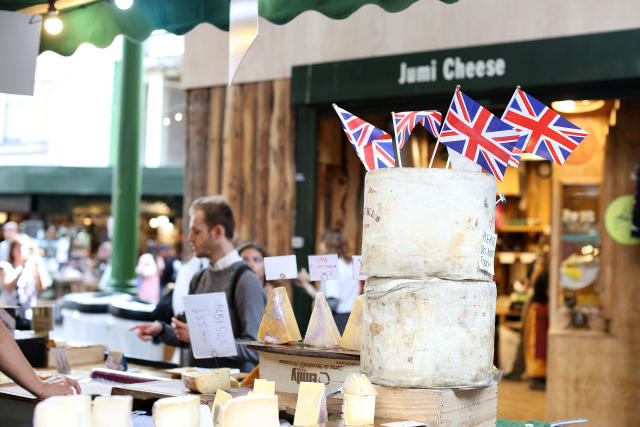For the first time in almost three years, British inflation reached its objective of 2% in May; yet, significant underlying price pressures virtually exclude a reduction in interest rates before the election.
Although Prime Minister Rishi Sunak expressed his gratitude for the decline in headline inflation in May, it is probably too late for him to reverse his fortunes in the July 4 British elections or to force a rate cut by the Bank of England on Thursday.
Services price inflation, which the BoE believes provides a better picture of medium-term inflation concerns, was 5.7% according to data from the Office for National Statistics. Although it was less than the 5.9% in April, it was still higher than the 5.3% the Bank of England forecasted last month and the 5.5% that economists had predicted in a Reuters poll.
Following the report, sterling saw a slight increase compared to the dollar and the euro, but British government bonds underperformed as investors wagered that the BoE would not drop rates as quickly as the European Central Bank had earlier this month.
“Services CPI continues to print to the upside (which) we think removes any lingering risk that the Monetary Policy Committee might announce a cut to Bank Rate tomorrow,” said Cathal Kennedy, senior UK economist at RBC Capital Markets.
The annual consumer price inflation rate fell sharply from the 41-year high of 11.1% in October 2022 to its lowest level since July 2021 after measuring 2.3% in April, which was in line with economists’ estimates.
A year ago, there were worries that British inflation was abnormally sticky. However, the decline has been more dramatic than in the US or the euro zone, where consumer price inflation in May was 2.6% and 3.3%, respectively.
Due to COVID-19 pandemic bottlenecks, inflation started to increase in most Western economies in the second half of 2021. It then skyrocketed after Russia invaded Ukraine on a large scale in February 2022, driving up the price of natural gas.











